Although Spain is only home to a limited number of National Parks, they really pack a punch! These parks hold the drama and beauty of some of the world’s most pristine and interesting landscapes, and have become distinct for their ecological wealth. The national parks in Spain range from picturesque scenes of leafy green pastures, blue waterways, and dense forests, to snow capped mountains, and arid, alpine regions.
They host desolate volcanic deserts, tropical islands, and underwater havens for marine life. Many of the nation’s parks have committed themselves to sustainable conservation and tourism, with some even winning awards and designations for their efforts.
Flora and fauna are abundant no matter what park you venture into and several parks have been cited as having some of the world’s best birds of prey watching opportunities. So don’t forget your binoculars, and get out there and explore Spain’s beautiful national parks.
Map of National Parks in Spain
12. Tablas de Daimiel National Park
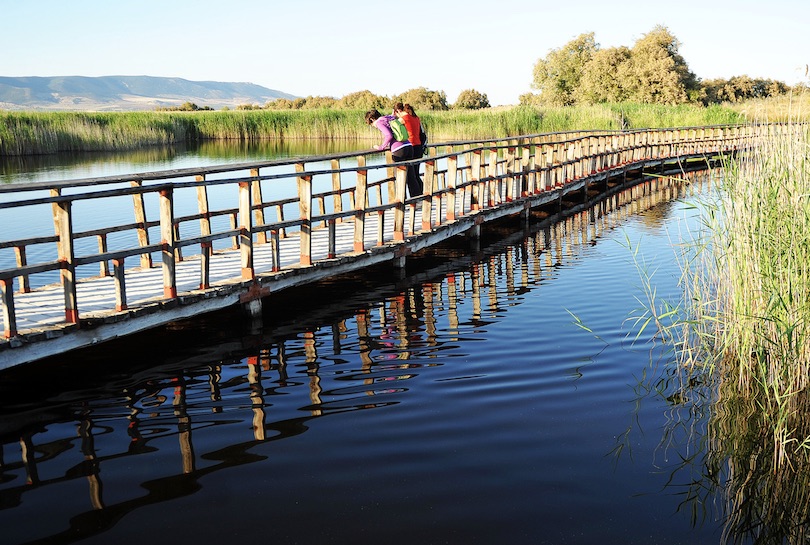
This park is nothing if not a bird-watcher’s paradise. Flat, wooden walkways make it easy to explore the park by foot, which is made up of wetlands, rivers, and rich flora. The wetlands here remain an important stopover for many migratory bird species such as ducks, and geese. Some of which chose to stay for the winter, or nest in the area.
Year-round residents include a variety of waterfowl such as the purple, and grey heron, little egret, and red-crested pochard. A healthy population of fish species can sometimes be spotted from the tall platforms that dot the park. Otherwise, the park is popular for its impressive sunsets over the areas waterways.
11. Cabaneros National Park
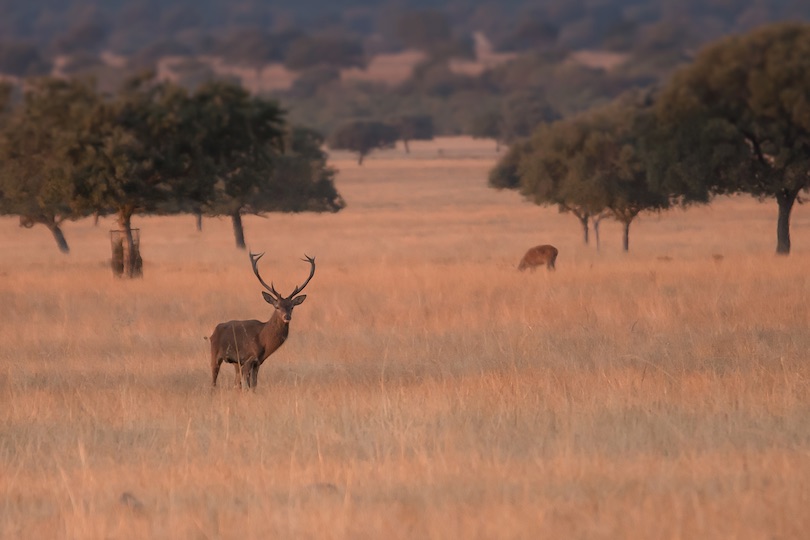
Cabaneros Park is often dubbed the ‘Spanish Serengeti’ for its abundance of animals. It is a refuge for deer, the Iberian lynx, wild boars, foxes, otters, and a number of bird species including the rare black stork, endangered Spanish Imperial Eagle, colorful bee-eaters and the Eurasian black vulture.
During mating season, it is not uncommon to see male deer locking horns and dueling for female attention. The landscape is one of the few remaining examples of unspoiled Mediterranean forest, which is made up of lush vegetation. Otherwise this huge park is savannah-esque, with intermingling mountain ranges which offer astounding views of the park from their summits.
10. Timanfaya National Park

This national parks backdrop is truly otherworldly, and in pictures it might even be mistaken for Mars. Over the course of history, the red and black landscape was formed by the parks resident volcanos who blanketed the area in now solidified lava.
Today, most of the volcanos lay dormant but visitors can still feel the heat of the earth radiating from the ground. So much so, that pouring water onto the ground, in some areas, results in a geyser effect.
Rare flora and fauna have found special ways to thrive in this area, which initially inspired conservationist to advocate for protection of the area. Nasa even found a special interest in this park. They used the barren landscape to help train the Apollo 17 crew.
9. Aiguestortes National Park
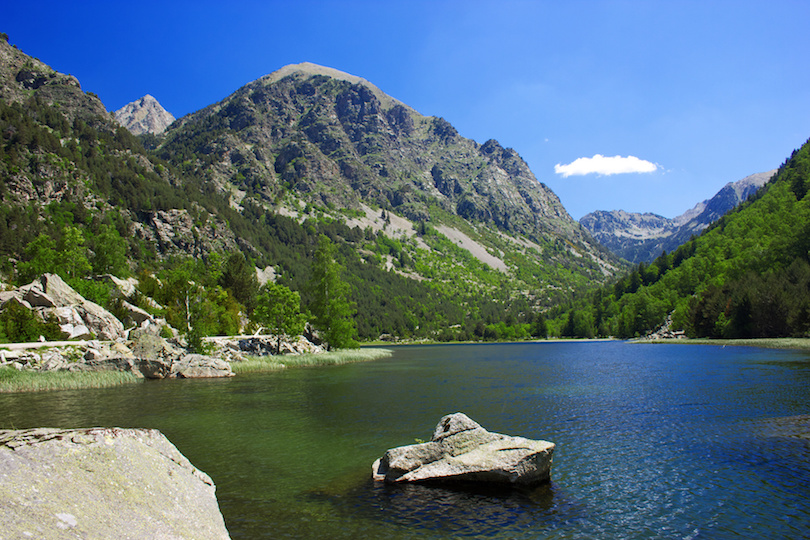
This national park is the definition of pristine nature. The landscape is dominated by visions of green, blue and white, as snow capped mountains give way to dense forests, and crystal clear waterways.
Close to 200 lakes can be found within the confines of the park, and the forests are home to an ancient variety of pine trees, birch, beech, and conifer trees. This national park is the only one of its kind in the Catalonia region, and an excellent example of the Spanish Pyrenees mountain range.
While wildlife can be difficult to spot in this area, lucky visitors will be transfixed by the parks wild goats, bearded vultures, and marmots.
8. Monfrague National Park
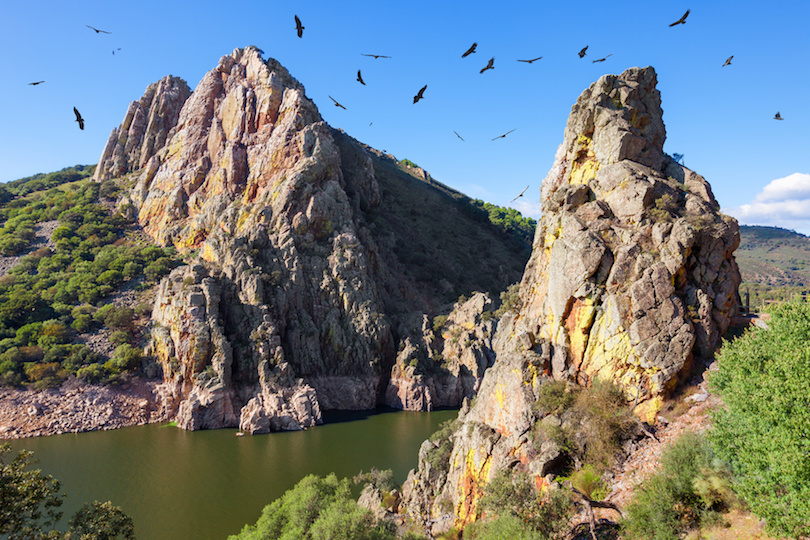
Monfrague Park is truly unique. It is known for its typical Iberian landscape, which is home to an abundance of flora and fauna. It is said to be one of the best bird-watching sites in Europe, and is steeped in rich history.
Over 400 birds of prey call Monfrague home. Vultures, and eagles can be spotted nesting in the mountainside, while kingfishers, and nightingales can be spotted by one of the parks two rivers, the Tagus and Tietar. The ruins of Monfrague castle remain on-site, which are associated with local legends, and cave paintings still endure from pre-historic times.
7. Atlantic Islands of Galicia National Park
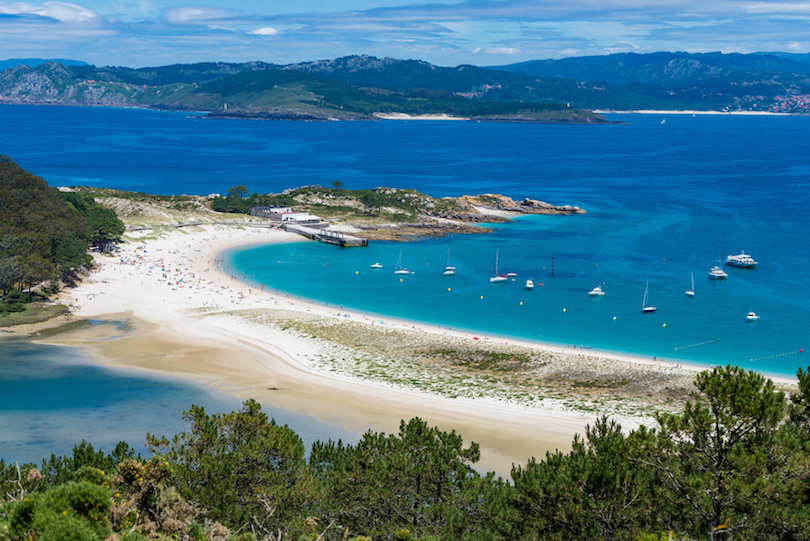
The four uninhabited islands that comprise the Atlantic Islands of Galicia is a maritime-terrestrial park. As well as a leader in sustainable tourism. The park is only open to the public during the summer months to ensure conservation of the natural landscape. Above the water white sandy beaches, clear blue skies, and pine woods dominate the landscape.
While under the crystal clear seawater over 200 species of seaweed thrive, alongside healthy coral reefs, and unique sea caves. Marine life that call these waters home include diverse shellfish, dolphins, whales, and basking sharks. This chain of islands was once a popular pirate haunt, so there is abundance of seafaring tales to be told.
6. Caldera de Taburiente National Park
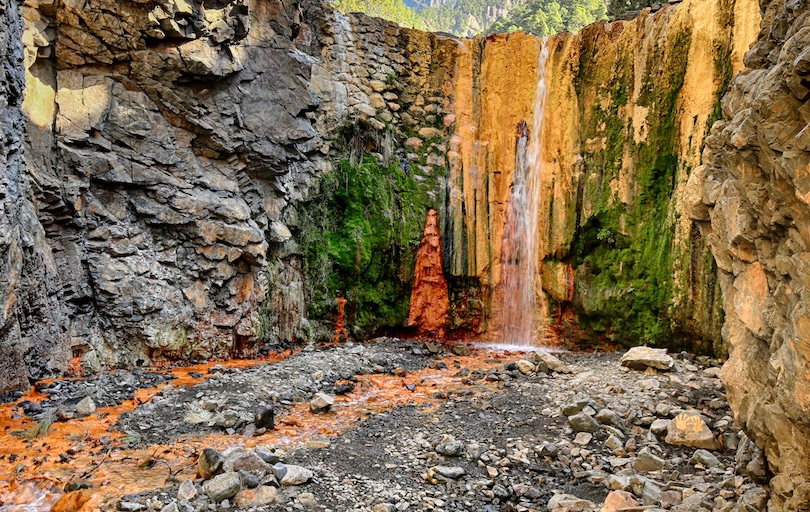
Huge mountain peaks, the impressive caldera, and rare native Canary Pines characterize this stunning national park. The caldera, a large flat valley between steep mountain ranges, and the parks namesake is 10km across. The area was created over 2 million years ago, by a volcanic eruption and severe erosion.
Mornings are typically bright and clear within in the park, but afternoons bring seas of cloud that descend upon the caldera and result in an entirely different vista. The highest mountain face reaches 2000m upwards from the floor of the caldera, making visitors feel unequivocally small no matter the time of day.
5. Cabrera Archipelago National Park
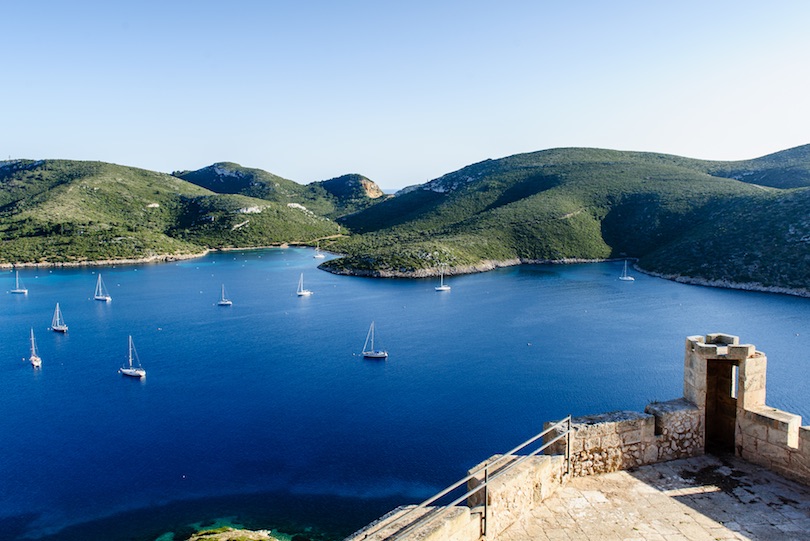 © A. Nikiforov / Dreamstime
© A. Nikiforov / DreamstimeDue to the remoteness of this national park, the area has been largely untouched for millenniums. The islands are largely blanketed in fields of Neptune Grass, and host numerous endemic plant species.
However, the islands biodiversity doesn’t stop there, many animals that are difficult to find in other parts of the Balearics thrive here including the black lizard, and sea snails. In the surrounding ocean large populations of turtles, dolphins, and whales take refuge, while impressive sea bird colonies live along the coasts.
4. Sierra Nevada National Park
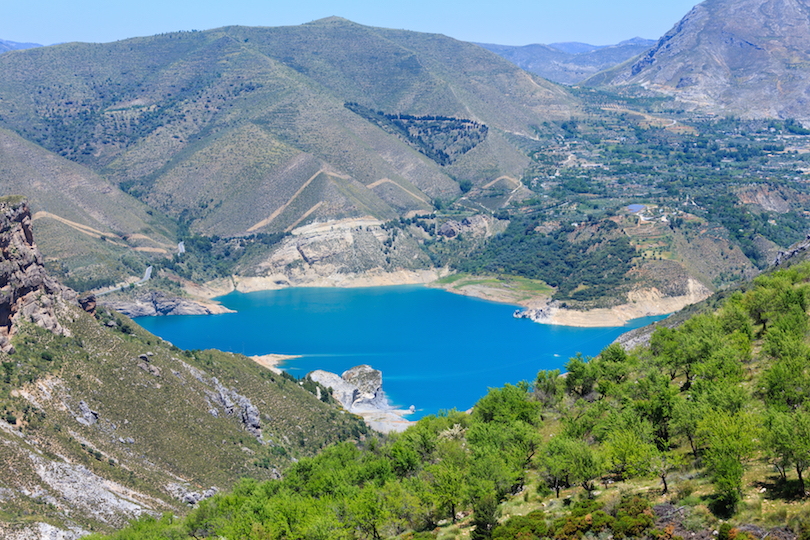 © Yuriy Brykaylo / Dreamstime
© Yuriy Brykaylo / DreamstimeSierra Nevada national park is Spain’s largest national park, and home to some of Europe’s biggest mountains. As such, one of the most appealing aspects of this national park is its incredible natural diversity.
The parks ground floor is made up of lush valleys, forests, and river ways. However, trails leading upwards give way to alpine forest and barren mountain peaks. On a clear day, views of the Mediterranean Sea, and Morocco are visible from the Sierra Nevada mountain range. Plants that thrive in these rugged alpine conditions include the Sierra Nevada violet, juniper and barberry species.
3. Teide National Park
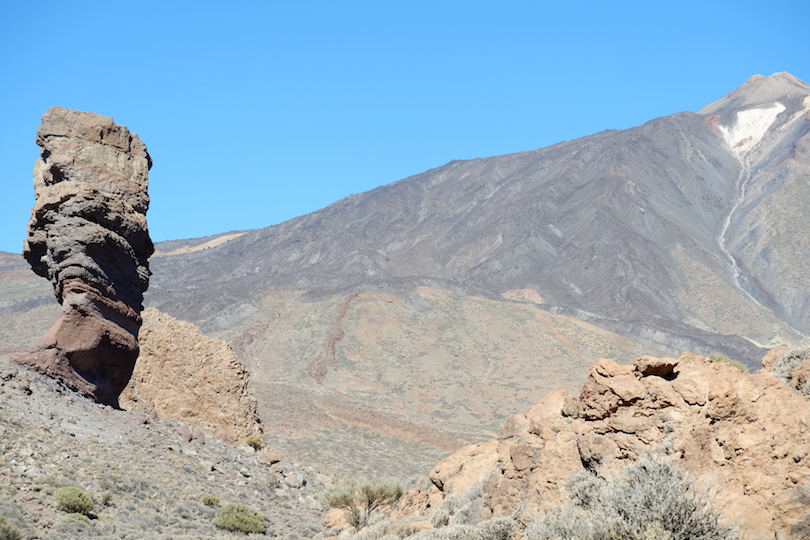 © Skybluecat / Dreamstime
© Skybluecat / DreamstimeLocated in the Canary Islands, Teide National Park is home to Spain’s highest mountain. Mount Teide is a stark contrast to the rest of the parks somewhat, low lying lands. It is the Europe’s most visited national park with over 3 million visitors each year and with good reason.
The landscape is reminiscent of another world, which is entirety dominated by volcanic soil, and due to the size of the park nearly never crowded. Caves, craters, and lava rivers are petrified in stone in this area, and visitors with still be delighted with the diversity of vistas around every corner.
2. Ordesa National Park
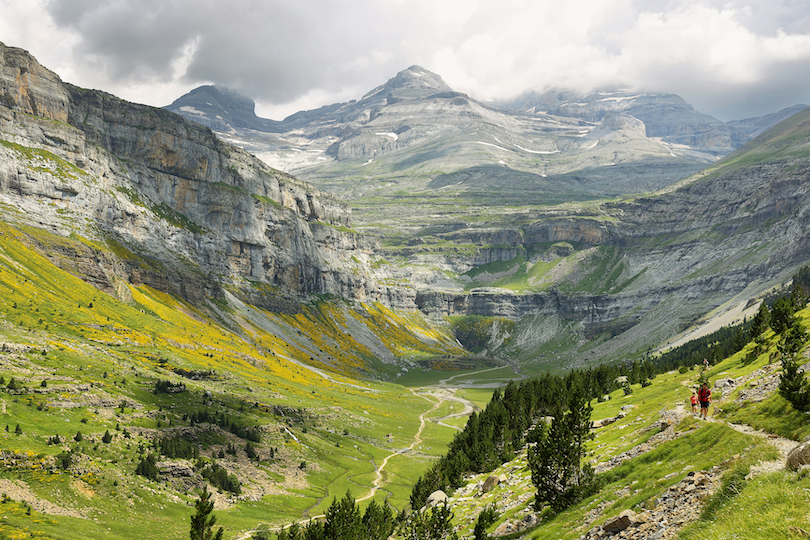
Ordesa was Spain’s first national park, and its beauty is truly undeniable. Here waterfalls, rivers, and streams are plentiful. They are strung among rich green pastures, dense woods, and steep summits. However, the Pyrenees mountain range is the true prize of the park. They form a magnificent skyline, that excites both visitors and locals alike.
The highest mountain in this range is Mount Perdido, which ironically stands at over 3330 meters above sea level. It is the highest limestone summit in Europe, and distinct among the skyline. Many animals live among Mount Perdido and his neighboring massifs including the bearded vulture, griffon vulture, and golden eagle that fly overhead.
1. Picos de Europa National Park
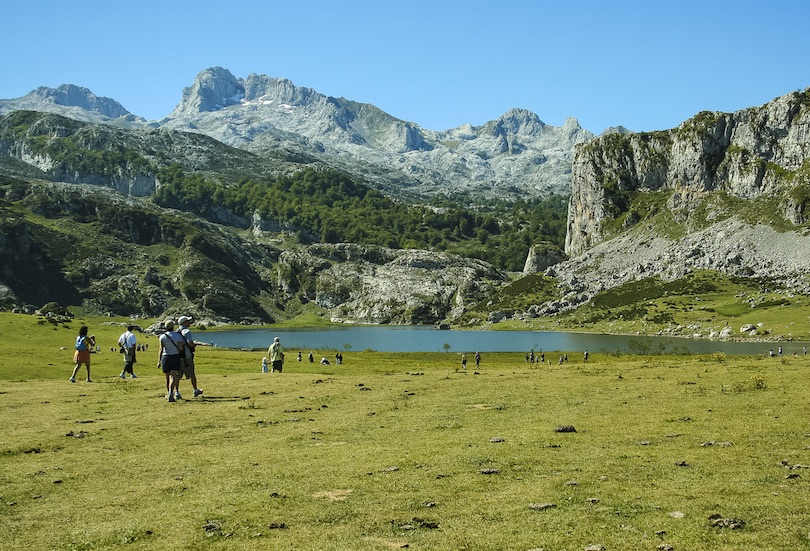
The Picos de Europa (Peaks of Europe) host one of the world’s most perfect landscapes. In northern Spain, the park is named after its three distinct mountain ranges: the Central, Western, and Eastern ranges. All of which are intersected by river-filled gorges. Back in seafaring days, their size was the first indication of land for men at sea. The park is host to easily navigational and well-marked trails, which have proved to be the best way to soak in the natural beauty of these surroundings.
From the park many viewpoints of the sea can be spotted, since the sea sits at merely 20 kilometers away. Otherwise grasslands, leafy forests of beech, and oak, sharp crags, waterways, high summits and deep ravines characterize the park. Nothing is off limits in the Peak of Europe. It is truly extraordinary.

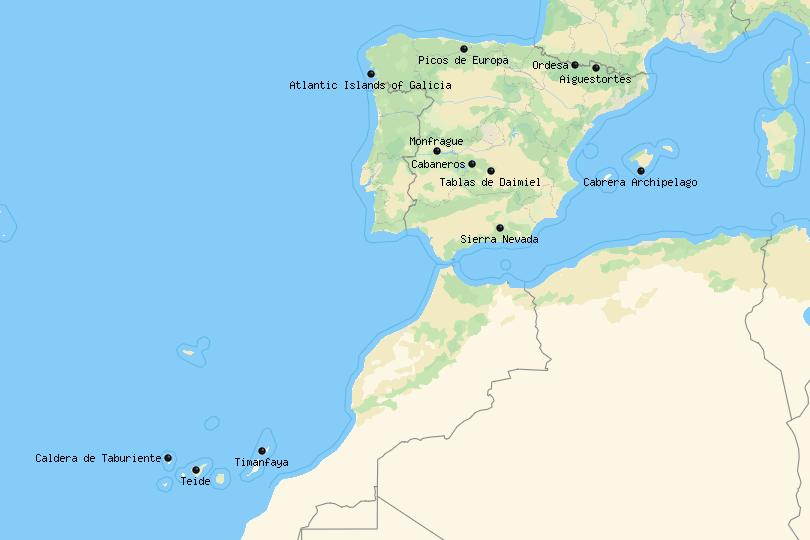
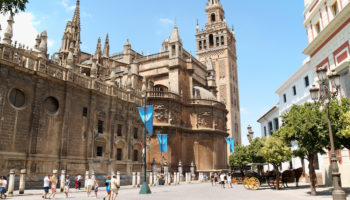
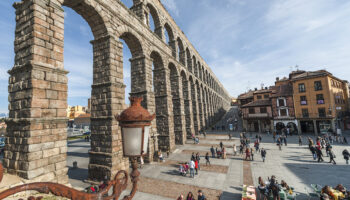
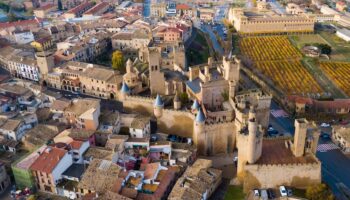
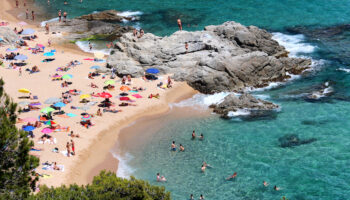


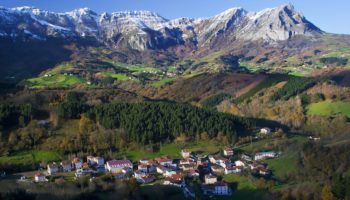
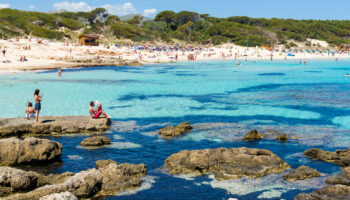
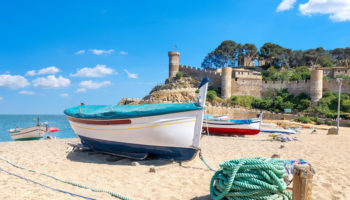
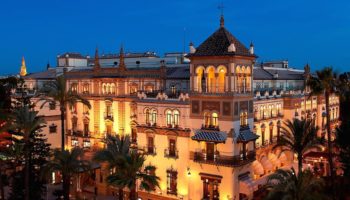
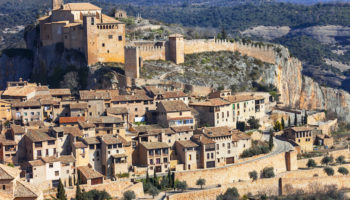
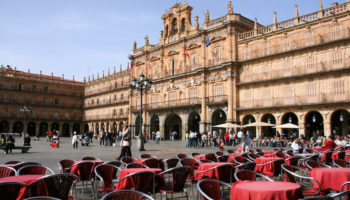
What about Somiedo? Fabulous walking and great wildlife.
I agree, and I’m not saying it’s the most beautiful but you left out DOÑANA national park, in Huelva. I think it´s better than number 11 and 12.